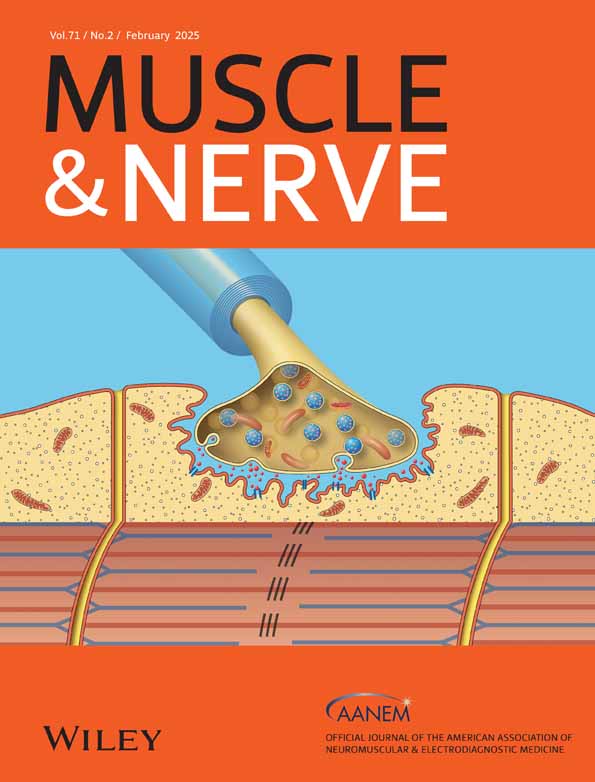The BELS questionnaire: A novel screening tool for neurodevelopmental and psychiatric symptoms in pediatric dystrophinopathy
Partial data previously presented at Dystrophinopathy and the brain: A parent project muscular dystrophy (PPMD) meeting, November 11–12, 2021, New York City, NY.
Abstract
Introduction/Aims
Pediatric patients with dystrophinopathies [Becker and Duchenne muscular dystrophy (BDMD)] are more likely to have neurodevelopmental and neuropsychiatric conditions. This prospective pilot study tested a novel screening questionnaire developed to identify the common behavioral (B), emotional (E), learning (L), and social (S) difficulties in BDMD.
Methods
A total of 45 caregivers of BDMD patients (ages 4–19 years) seen at the Arkansas Children's Hospital Dystrophinopathy Clinic completed the BELS questionnaire during standard clinic visits. To establish external validity, caregivers also completed four well-validated standardized questionnaires assessing overlapping symptoms [Pediatric Symptom Checklist-17 (PSC-17), Colorado Learning Difficulties Questionnaire (CLDQ), the obsessive compulsive disorder (OCD) subscale from the Revised Children's Anxiety and Depression Scale (RCADS), and Barkley Deficits in Executive Functioning Scale (BDEFS)].
Results
Caregivers reported high rates of behavioral (>60%), emotional (50%–70%), learning (50%–70%), and social (30%–50%) concerns, even though relatively few patients had clinical diagnoses related to these symptoms. Passive suicidality (i.e., thoughts of death) were also common (22.2%; 10/45 patients). The BELS questionnaire was moderately to highly correlated with total scores on the four well-validated questionnaires (p < .001), and BELS subscales showed specificity. A BELS score of 21 corresponded with the established PSC-17 cutoff.
Discussion
The BELS questionnaire shows promise as a screening questionnaire to identify neurobehavioral and neuropsychiatric symptoms common in dystrophinopathy. While BELS cannot currently be used as a standalone measure to make clinical diagnoses, identification of symptoms that warrant further follow-up may improve clinical care and quality of life.
CONFLICT OF INTEREST STATEMENT
Mary K. Colvin has received honoraria and/or travel support for speaking from the American Academy of Pediatrics, the Muscular Dystrophy Association, and Parent Project Muscular Dystrophy. Natalie Truba has received honoraria and/or travel support from Parent Project Muscular Dystrophy, CureDuchenne, the Muscular Dystrophy Association, Sarepta Therapeutics, and PTC Therapeutics. Aravindhan Veerapandiyan has received honoraria for ad hoc advisory boards/consulting work from AMO Pharma, AveXis, Biogen, Edgewise Therapeutics, FibroGen, Novartis, Pfizer, PTC Therapeutics, Sarepta Therapeutics, Inc., UCB Pharma, Catalyst, Lupin Pharmaceuticals, Scholar Rock, Entrada therapeutics, and MyTomorrows. He has received research funding from AMO Pharma, Capricor Therapeutics, FibroGen, Muscular Dystrophy Association, Novartis, Parent Project Muscular Dystrophy, Pfizer, RegenxBio, Sarepta Therapeutics, Edgewise Therapeutics, and Avidity. He has other relationship(s) with MedLink Neurology for editorial services.
Open Research
DATA AVAILABILITY STATEMENT
The data that support the findings of this study are available on request from the corresponding author. The data are not publicly available due to privacy or ethical restrictions.




